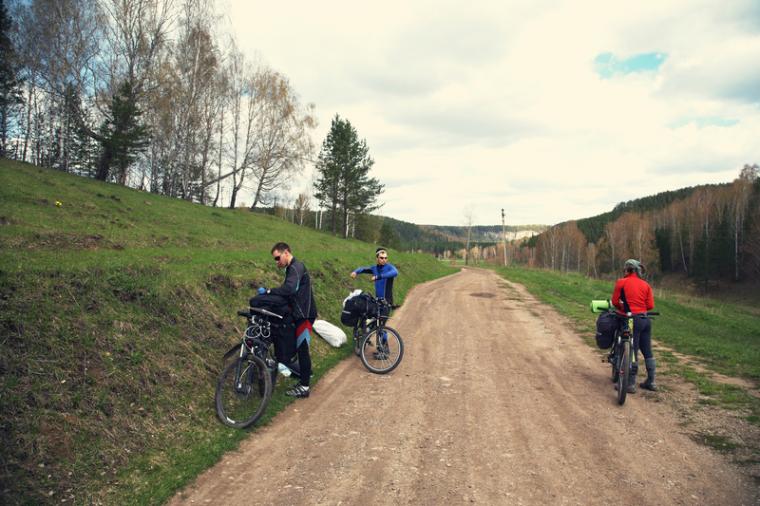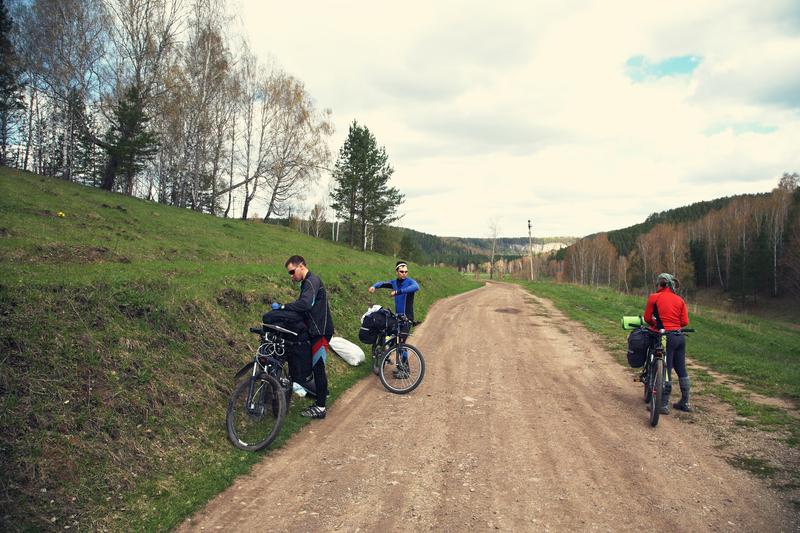

“When people are looking for solace, respite, an opportunity to get out and socialize, where have they gone? Trails, greenways, parks, public spaces. In droves. In volumes and numbers never seen before,” wrote John Mitterholzer, senior program officer at the George Gund Foundation and Tom Woiwode of the Community Foundation for Southeast Michigan for The Funders Network last summer. “The demand for access to places to walk or bike has prompted cities around the country — including Boston, Milwaukee, Chicago, Denver, and Washington, D.C. — to close streets to vehicle traffic and open them up to pedestrians and bikers. Oakland has dedicated 74 miles of streets to non-motorized use.”
Mitterholzer and Woiwode went on to identify greenways and trails as one of the “best examples around” of really effective public-private partnerships, and provided details about specific projects.
Meanwhile, Rails-to-Trails Conservancy, which isthe nation’s largest trails organization, has called on newly confirmed U.S. Department of Transportation Secretary Pete Buttigieg to secure greater investment in transportation infrastructure in 2021, with a focus on the potential to build connected walking and biking routes.
“This year has found more Americans than ever walking, biking and using trails, accelerating a growth in trail use, outdoor recreation and active transportation that has been building for years,” Kevin Mills, vice president of policy at RTC, said in a statement. We now have an unprecedented opportunity to work with federal policymakers to put Americans to work building the strategic connections that enable healthy and resource-saving habits, and unlock billions of dollars for the U.S. economy.”
In November, RTC joined PeopleForBikes (dedicated to improving bicycling for everyone) and other partners to release a transportation agenda for 2021 that includes prioritizing investments that link existing trails, bikeways and sidewalks into functional networks that connect people to key destinations and communities to each other, with special attention to the needs of underserved communities. (It also awarded grants to a number of trail advocacy organizations).
On March 20, teams of four, eight or 12 riders will set out on the second edition of the “Great American Ride” hosted by Sports Backers in partnership with RTC. The goal is complete the 3,700-mile east-to-west virtual course in two months while raising awareness of the Great American Rail-Trail™ — a signature RTC project that was 52 percent in complete in January and connects more than 145 trails between Washington, D.C., and Washington State.
During the event, teams will ride and track their mileage each day and report how far they have gone. An online map will track each group’s virtual progress across the course and a live leaderboard will display the standings in real time, with groups in male, female, and co-ed categories.
While RTC seeks change on the national level, regional organizations experienced significant milestones in 2020. For example, development continued along the East Coast Greenway — a walking and biking route stretching 3,000 miles from Maine to Florida and encompassing 15 states and 450 communities. Key projects funded by multiple federal, state and local sources last year include Rhode Island’s Providence River Pedestrian Bridge, the Elkton Road Pathway in Delaware, design of Georgia’s Darien River Bridge and multiple aspects of Florida’s St. Johns River-to-Sea Loop, according to the Greenway’s website. Completed projects include the White Oak Creek Greenway Phase IV in Cary, N.C., and Georgia’s Three Rivers Trail-Laurel Island Parkway. Both were among 23 new segments receiving official East Coast Greenway designation in 2020.
Cities across the country — including Springdale, Ark.; Fitchburg and Leominster, Mass.; and Seattle— are designing, building or expanding trails for their residents, too.
“I’m happy to see the City continue to make progress towards an all ages and abilities bike network, especially in such a challenging year,” Sarah Udelhofen, co-chair of the Seattle Bicycle Advisory Council, wrote on the Seattle Department of Transportation’s blog, referring to the ongoing building of a connected bike network. “Projects like these show SDOT’s ability to make investments in safe, accessible infrastructure, which is vital to helping people get where they need to go. Last year, many residents discovered (or returned to) active modes for getting around; this year, active commuting will be a key piece of the transportation puzzle as commuters return to downtown.”
This all a far cry from three years ago, when two 54-year-old men were arrested and charged with criminal mischief and trespassing after building an illegal mountain-bike trail in Indiana’s Fort Harrison State Park. The men were banned from the park and faced up to two-and-a-half years in prison for using shovels and herbicide on a 1.5-mile stretch of a protected 100-acre corner of the park.

